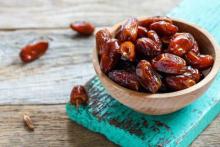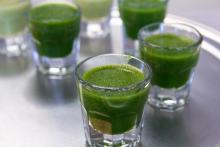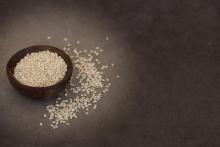Superfood 101: Dates!
Driving through Dateland, Arizona, we had to stop at the travel center and get a date shake. With soaring summer temperatures and a long day’s drive, it was a much needed break from the road. The creamy, sweet shake got me thinking about the origin of dates and why an area would be so inclined to pride itself on a single crop. After investigating, I began to understand what makes this fruit so sought after and how its nutritional benefits have been enjoyed for thousands of year.




